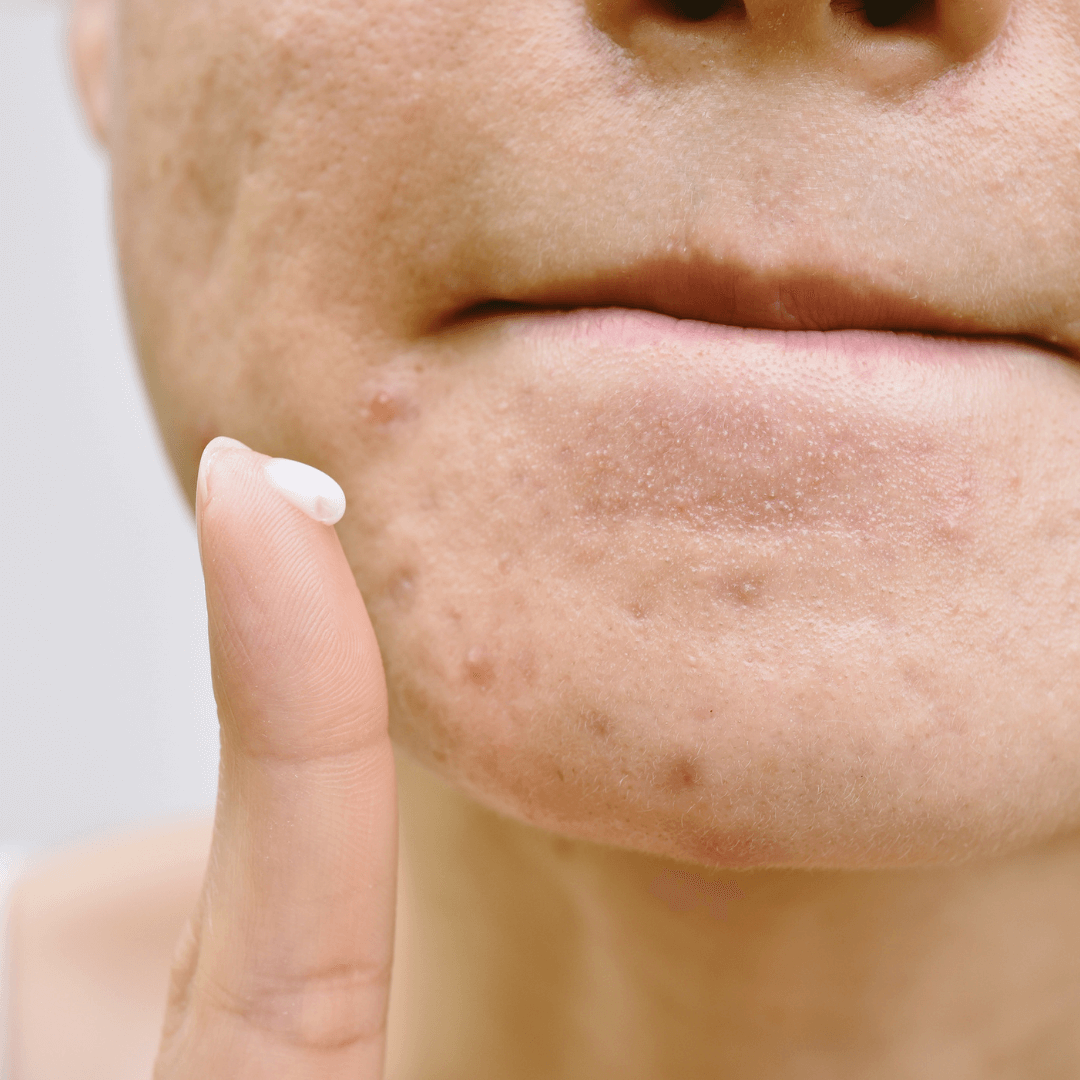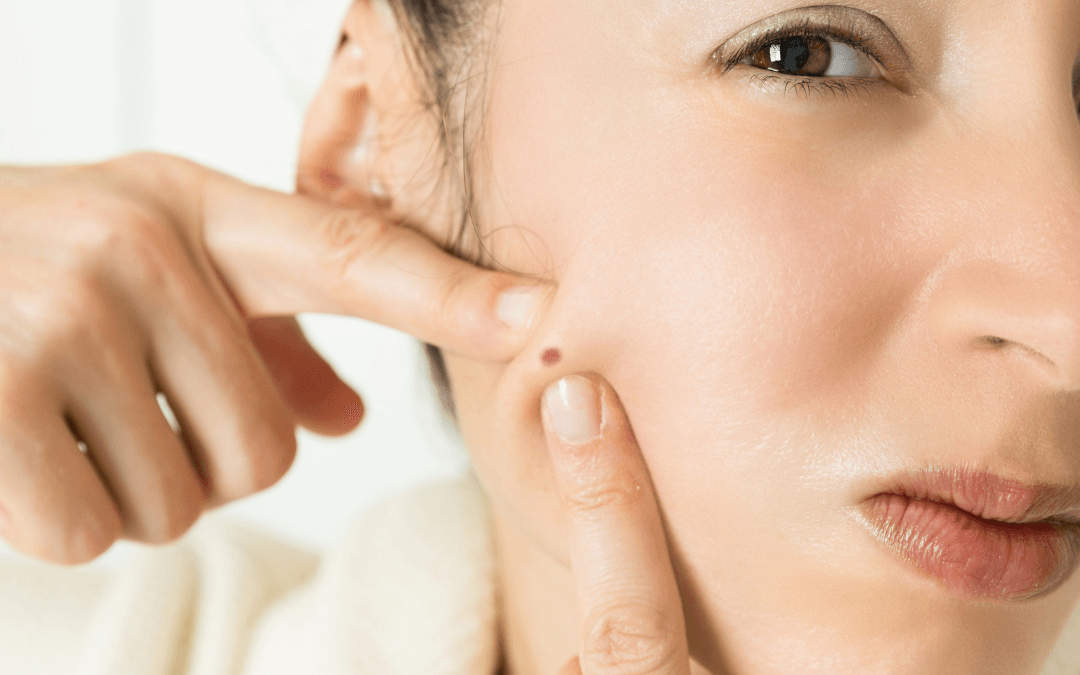This is one of my favourite quotes, “Test, don’t guess”
Unfortunately, this hormone takes a beating when we are stressed whether knowingly or unknowingly. When your mind and body feel it isn’t safe, it’s going to protect the body by reducing or stopping ovulation, hence resulting in low progesterone. Progesterone is only released when you ovulate.
For other causes of low progesterone, click here to my previous blog.
In this blog, I focus on how to test if you have low progesterone.
Symptoms of Low Progesterone
If you have any of these associated symptoms, suspect low progesterone.
- PMS
- Irregular menstrual cycles
- Painful, heavy periods
- Breast cyst, ovarian cyst
- Bloating and water retention
- Difficulty conceiving
- History of miscarriage
- Easily disrupted from sleep
- Easily nervous or agitated


Blood Test:
- Blood test is most conventional.
- It takes a snapshot picture in time but can be affected by fluctuations of hormone levels.
- You would check on Day 19-21 of a 28-day cycle.
- If you have longer or irregular cycles, you would check 5-7 days AFTER ovulation. You can check when you ovulate by body temperature, vaginal mucus change and ovulation sticks
- The aim is to catch the progesterone peak after ovulation during the luteal phase.
- In a healthy menstrual cycle, a good progesterone peak during luteal phase is about 100 time more than an average oestradiol peak.
- Hence, it’s important to check progesterone and oestradiol levels at the right time because we’re checking levels as well as ratio.
Saliva Test:
- Easy to do at home.
- Test bio-available (free) progesterone.
- Helpful to monitor before and during treatment
- Problem arise if your levels become too high from using progesterone cream (e.g. OTC cream), it can take months for it to clear and not show up in the saliva so you get a false positive result.
Urine Test:
- DUTCH Test (Dried Urine Test for Comprehensive Hormones) – More versatile. Less fluctuation.
- There’s little parent progesterone in the urine but it picks up its metabolites (alpha & beta) which gives a good estimate of total progesterone in circulation.
- It will also tell if you favour the calming pathway or less calming pathway.
- It also tests metabolites and detoxification of cortisol and oestrogen.

If you’re unsure if low progesterone is causing your skin breakouts or if you’re experiencing other symptoms associated with low progesterone and would like to test, not guess, please reach out to my team on [email protected] for more information.
Until the next blog, here’s to not second guessing yourself,

